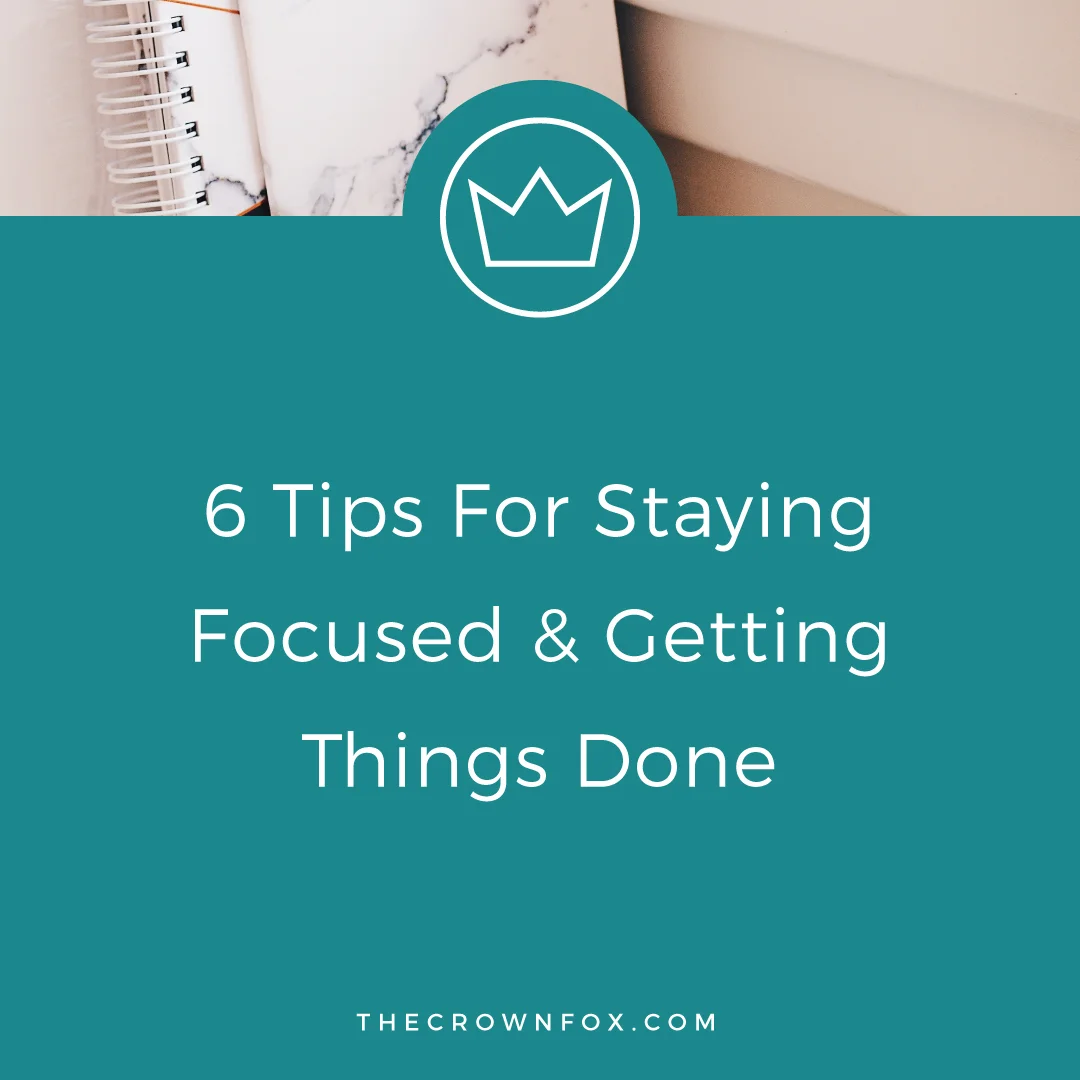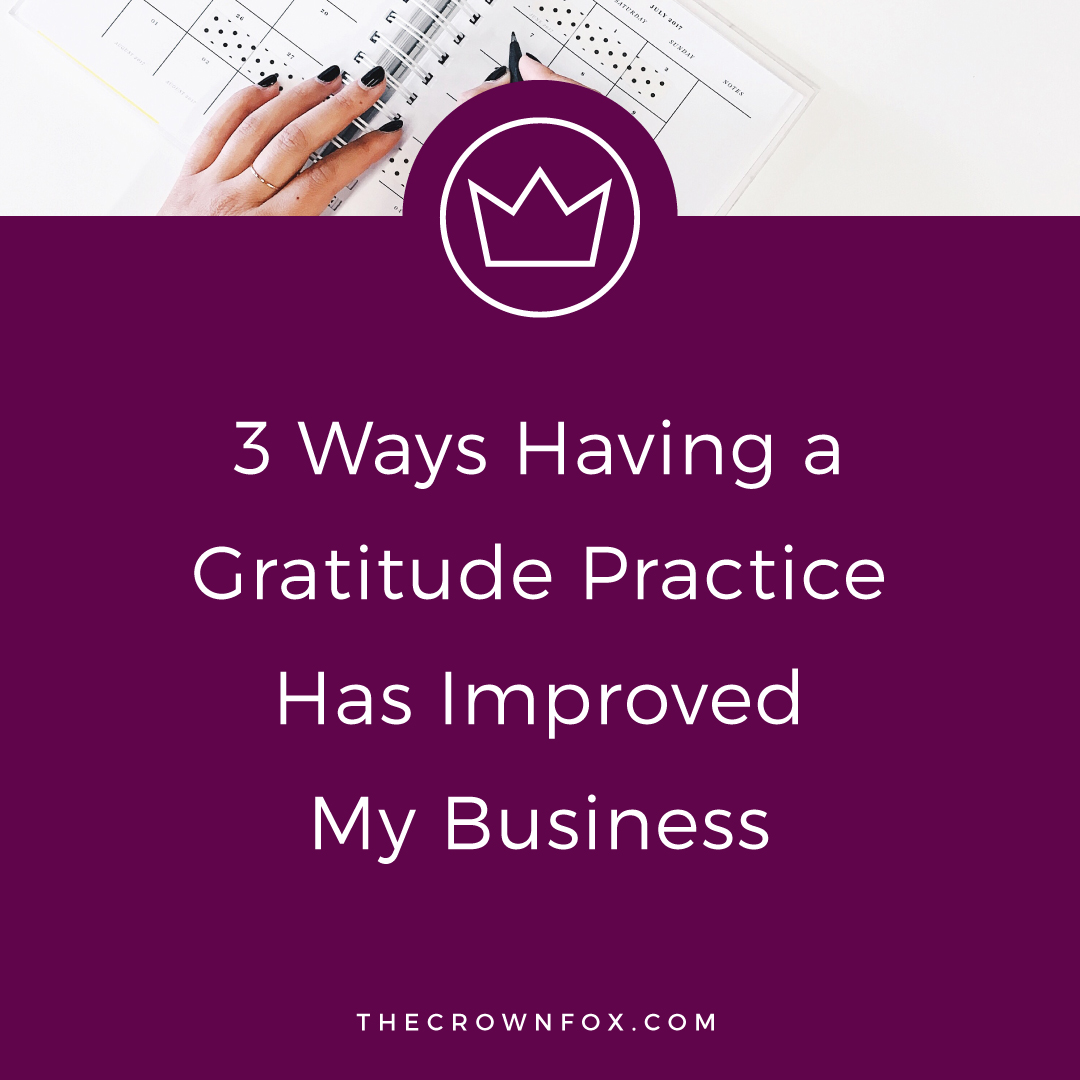If you are anything like me, your goals are written in about 100 different places. They are a mess of random to-do lists, ideas, life goals, fitness goals, meal goals, etc. My Evernote is a disgusting pile of half made goals and lists that used to never come to fruition because I would write ambiguous goals down and never implement strategies to achieve them. With my business and blog starting to become more successful, I have realized that this has got to stop! Lately I have been using these four strategies for defining my goals and making plans to achieve them.
BE SPECIFIC
Former to do list items that kind of sounded like goals included: get clients, get subscribers, and make passive income. You know what these lack? Any sort of specificity.
“Get subscribers” - What does that even mean? Like get one? At least two, I guess, because it is pluralized. My old to-do list-wanna-be goals were all like this. Just random ideas but nothing concrete, nothing measureable, no deadline… just a hodge podge of things I should really work on. Eventually.
That’s not going to cut it! I had to get focused and detailed and specific – and if you aren’t yet, you should be too. It will help you get things done – daily, weekly, and yearly (or however far out your goals are). For example, a specific goal of mine is to get 1,000 quality subscribers by April 2016. Knowing that helps shapes my daily tasks (reach out and interact with people, prove my worth, offer compelling content), my monthly tasks (create free e-course and vault that people can sign up for), and yearly tasks (launch an e-course). It clears the path for where your business is going and how you can get there. The more defined your goals are the easier it becomes to make a plan to accomplish them.
Not sure where to start? I sat down and made a huge list (like a mind map) of what I saw and hoped for the future of my business. It was a mess of random scribbles, like: “have a tribe,” “make money,” “quit my day job,” “create e-courses,” “teach Photoshop,” “help women,” etc. I stared at the list for a while and started to see how certain elements were really on the same path towards larger, more defined goals.
For example, I saw common threads between “making money”, “be booked six months out,” “work with other creatives,” and “have financial security” and made the overall goal to quit my day job. These little thoughts and scribbles have become daily and weekly tasks that lead up to this larger goal.
If you are feeling stuck, I highly recommend checking out the #GoalGetter Kit from TheShop and putting that to good use!
BE REALISTIC
I definitely think you should have an enormous 10-year goal that is like “be a millionaire that gives money to charities and still has enough to buy a yacht.” But, I also think it’s way more effective to set realistic goals for your current circumstance, and then grow and develop new goals.
I am guilty of reading all those Pinterest articles that are like “How I went from being in debt to making $1 million in 2 weeks” but I’ve come to the realization that, though some of those successes might be true for other people, it’s not normal to have overnight success like that. It is normal to work hard and put in effort everyday and then see the fruits of your labor. So instead of having goals that are completely unrealistic, and then feeling discouraged when they don’t pan out, I set goals that are attainable.
Now keep in mind – I didn’t say EASY. I said ATTAINABLE. It’s attainable for me to get 1,000 subscribers by April 2016, if I put in the effort to find these subscribers. It’s unrealistic for me to make a goal of getting 1,000 subscribers by next week – so I’ve stopped wishing for things like that.
I definitely look up to, and admire, people that are killin’ it in their blog/business game. But I try my absolute hardest (and trust me, it gets HARD) not to fall into the comparison game. The comparison game is the most depressing game and will leave you feeing helpless – it’s not fair to do it to yourself, so remember this: you cannot compare your step 2 to someone else’s step 10. I heard someone (and I honestly have no idea who) say something similar to that in a Periscope or a Webinar once and it really resonated with me. I’m definitely still in the beginning, on my first few steps, but would get caught up comparing myself to someone who’s on step 1,000.
I say that point because that’s where being realistic comes into play for me. It’s realistic for someone on step 1,000 to pull in hundreds, if not thousands, of subscribers a day. However, it’s not realistic for me, at this stage in my business. Thinking you’re on step 1,000 when you’re really on step 2 does more harm than good towards your overall success. Be realistic for what will work for you, right now, in your business.
CREATE STACKS
This is my favorite way to set goals. After I’ve defined what I really want, and made sure it’s something that is practical and possible, I create mini goals to actually achieve it. This allows me to celebrate more successes, feel more fulfilled, and not get too overwhelmed with the size of my goals.
So, my goal to have 1,000 subscribers by the end of April is actually a goal that I have stacked out into mini goals. First I wanted 100 subscribers by November. Got that (!!!!). Then I want 250 by December 15. Then I want 500 by February 1, 2016. Then I want 750 by March 15, 2016. Then I want 1,000 by April 30, 2016. Stacking goals, for me, makes everything seem more possible. Like, okay, I’ve heard your first 100 subscribers are the hardest and I managed that. So now I’ve go a month and a half to get the next 150. That sounds way less scary than, okay, now I have 900 to go.
Plus, I love acknowledging successes, so I get to celebrate more often this way and feel more confident moving forward! Every major goal I have for my business (and personally) I have created a stack in. You might be doing it too, without even realizing it. I noticed most of the things on my to-do list were actually stacked elements to my main goals. Now I just organize it better and intentionally create it.
A great resource for creating stacks and organizing your goals is the #GoalGetter Kit! Click to learn more about that + start getting things done, #goaldigger.
SET DEADLINES
Along with their general ambiguity, my former goals also lacked a deadline. So I could say that my goal is to get 1,000 subscribers and then be working on that goal for the next ten years! I don’t want that. Setting deadlines is the only way to hold yourself accountable for your goals and make them actual goals (not just hopes and dreams).
With stacking my goals, I set deadlines for each mini goal as well as a deadline for the large main goal. I then write them in my planner and put them on my calendar on my phone with reminders so I know that my deadlines are coming up.
Now, it might seem strange to give yourself deadlines because what is really going to happen if you don’t meet them? At first I noticed my brain pulling these tricks, too. But then I came to the realization that every little goal I have is working towards my bigger goals, which is ultimately aimed to make me successful. Now I just keep that in mind whenever I am getting lazy and it helps me get into the right place mentally. I also include little rewards, like allowing myself to watch a show I really like or something small, when I reach a small goal. I used to use this same treatment when I had to read a lot of chapters in a science book in high school. I’d mark off sections with post it notes and whenever I got to one I’d give myself a little reward, like a cup of hot chocolate or 30 minutes by the pool. Though in retrospect, that might not be the smartest plan, because I suppose I am conditioning myself to think of chocolate as a reward… maybe I should switch to allowing myself to do 100 crunches or something more beneficial… nah.
I hope that helps you get started with your goals and if you need more resources be sure to check this kit out now!







Hi! I’m Kaitlyn!
I believe that you can create a life and business you love by listening to your own inner guidance system. I think there's plenty of strategies + hacks to learn and a ton of “how to” content you can consume but ultimately you are your best guide, the best guru, the best compass, and the best source of inspiration! I’m here to help you learn to trust that voice inside, step into your incredible power, and create YOUR dream business + life.
Let’s work together!